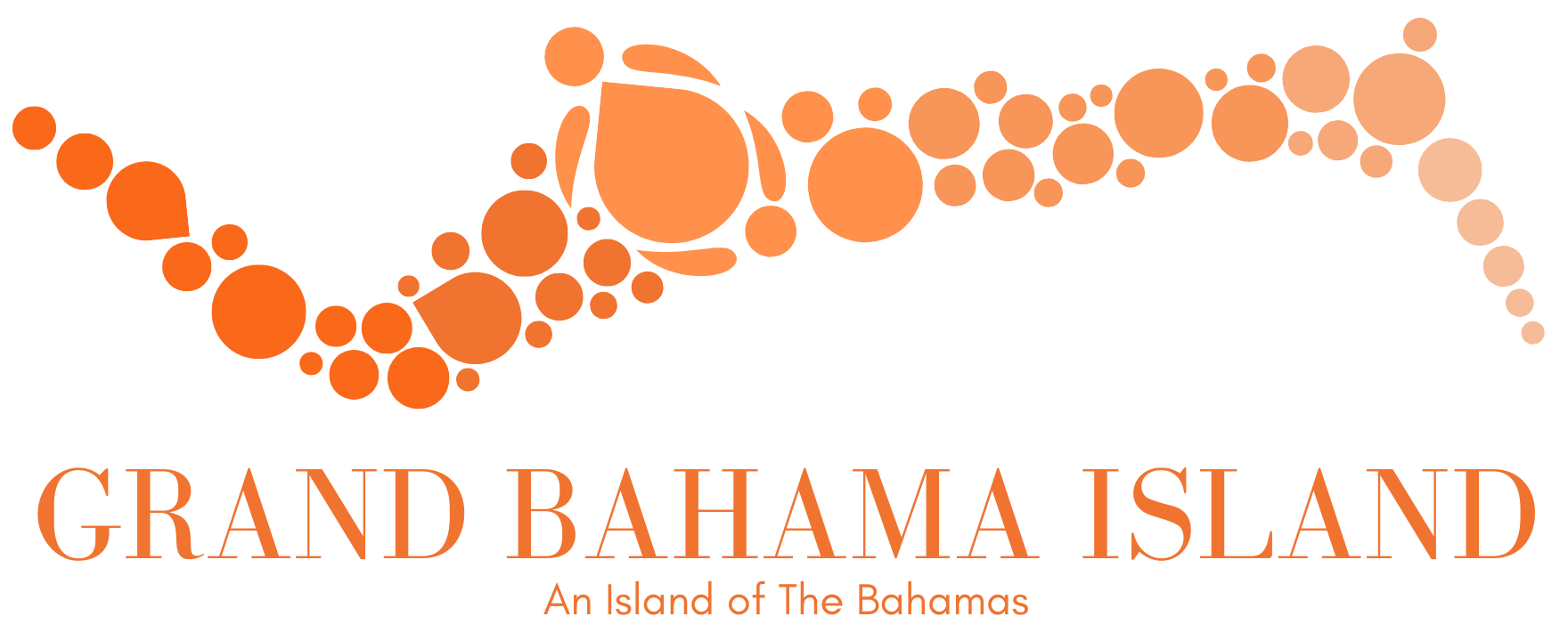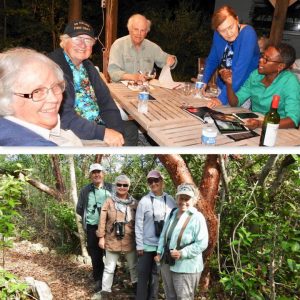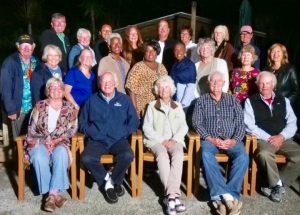CHRISTMAS BIRD COUNT 2020
Posted by: admin | February 13th, 2020
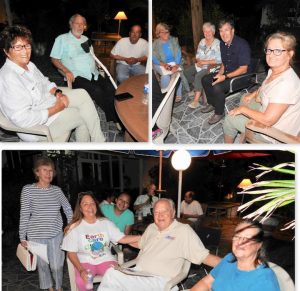
Photo #1 Ann and Sidney Maddock with Ed Gates; Photo #2 Martha Cartwright, Heather and Steve Oxley and Melanie Darville; Photo #3 Arlene Kerber, Gail and Candice Woon, Dr. Woody Bracey and Gena Granger
We had assessed bird life in the Eastern part of our island a month after the storm and sadly witnessed the catastrophic damage that the storm and surge had done there to humans and their homes! Very few of our resident birds had survived out east, especially those that depended on the Caribbean Pine forest and Hardwood Coppice like the Bahama and Olive-capped Warbler, Loggerhead Kingbird and Cuban Peewee, the Hairy Woodpecker, Blue-gray Gnatcatcher and Black-faced Grassquit. Arriving winter migrants would have inspected the non-existent habitats, vegetation and food sources and most likely continued on south.
The orientation evening prior to our first count day is always a happy occasion as Erika Gates welcomed visiting birders and team leaders back. This year there were Count Compiler Bruce Purdy from Florida, Team Leader Bruce Hallett, Atlanta, Team Leader, Dr. Woody Bracey, Bahamas, Birders Craig and Barbara Walker, California.
Special guests at the Gates’ that evening were Ann and Sidney Maddock from South Carolina. Ann is finalizing her photographic hummingbird book “Winged Jewels” in the Bahamas while Sidney is conducting a winter months survey for “Environment Canada” of Piping Plovers on many Bahamian islands.
Upon distribution of clipboards with team and area
assignments we all sat together, shared a meal, chatted a while, and then everybody retired early; I felt a sense of anxiety in the air about what to expect the next morning!
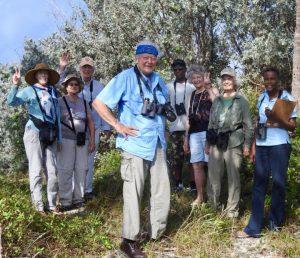
Louise Durocher, Bruce Purdy (team leader), Arlene Kerber, Candice Woon, Gail Woon, Melanie Darville (recorder), Judith Dawkins, Craig Walker, Barbara Walker, Rudy Sawyer, Martha Cartwright (photographer)
Taking a step back in time: The first Christmas Bird Count was held on December 25th in the year 1900 in the U.S. Up until then it had been a tradition for persons that liked the outdoors to engage in the Christmas Bird Hunt. People would go into the fields and forests in teams and shoot any bird they saw. The winning team would be the one that brought in the largest number of dead birds! Many persons became concerned about the indiscriminate, senseless slaughter of these beautiful feathered creatures and worried about declines in bird populations. Dr. Frank Chapman, founder of Bird-Lore which evolved into Audubon magazine, suggested the alternative of counting rather than shooting birds. Thus began the first Christmas Bird Count in the year 1900 with 27 dedicated birders observing and counting birds.
Grand Bahama has participated for the past 20 years in this count which began 120 years ago in the United States and now includes all Canadian Provinces, the Caribbean, Bahamas, South America and several Pacific islands. This year more than 80.000 birders will have participated in this count on one chosen day between December 15th and January 5th from sunrise to sunset. The count data is becoming increasingly important in predicting the effects of climate change and decline in bird populations. Our local birders, together with their international partners, will be contributing valuable information to the longest running database in ornithology.
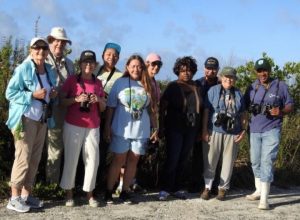
Louise Durocher, Bruce Purdy (team leader), Arlene Kerber, Candice Woon, Gail Woon, Melanie Darville (recorder), Judith Dawkins, Craig Walker, Barbara Walker, Rudy Sawyer, Martha Cartwright (photographer)
As expected, both West End teams got a 7 am start on a windy day of the count, whereby Bruce Purdy’s sites included Eight Mile Rock, Holmes Rock wetlands, Josie’s Cave, Bootle Bay and Bayshore Road. Bruce Halletts’s team had been assigned to survey the Old Bahama Bay property and the West End golf course.
Both teams returned back to Freeport at sunset and
were elated with a combined number of 71 species observed, matching the West End count in 2017!
There were several rare species to report as well, like Gadwall, Mottled Duck, Whimbrel, American Pipit, American Oystercatcher, Snow Goose.
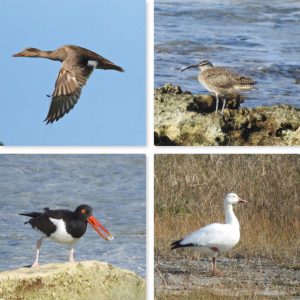
Photo #1 Gadwall (photo credit: Bruce Hallet); Photo #2 Whimbrel (photo credit Erika Gates); Photo #3 Oystercatcher (photo credit Erika Gates); Photo #4 Snow Goose (photo credit Erika Gates)
Our spirits were uplifted and we all were in happy moods at sunrise the next morning when we set out in four teams for our Central Grand Bahama count of many of our Freeport birding sites. Some of the most productive areas out of the 25 sites to be surveyed on day two were Lewis Yard wetlands, Emerald Golf Course pond, Reef Golf Course, LIS wetlands, Taino Trail, Garden of the Groves, Barbary Beach, Rand Nature Centre, Pine tree Stables and the Gates’ Bird Sanctuary.
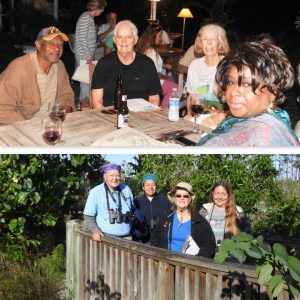
Freeport Teams: Photo #1 Rudy Sawyer, Bruce Purdy (team leader) Jill Cooper (recorder), Judith Dawkins; Photo #2 Woody Bracey (team leader), Candice Woon, Gena Granger (recorder) and Gail Woon
By sunset our hopes had been restored that the catastrophic Dorian had failed to wipe out Grand Bahamas’ beautiful feathered friends and that many of our resident and migratory species as well as their habitat had shown tremendous resilience! All four teams were happy with an amazing count of 93 species for the Freeport area, almost coming close to previous years which tallied anywhere between 95 to 110!
Rarities for the Freeport area had been Red-breasted Merganser, Willett, Chipping Sparrow and Canada Goose
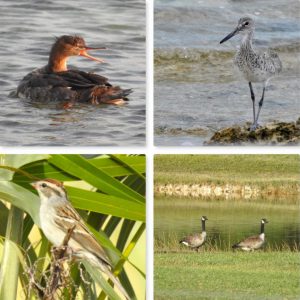
Photo #1 Red-breasted Merganser, Photo #2 Wilett, Photo #3 Chipping Sparrow, Photo #4 Canada Goose (photo credit: Erika Gates)
